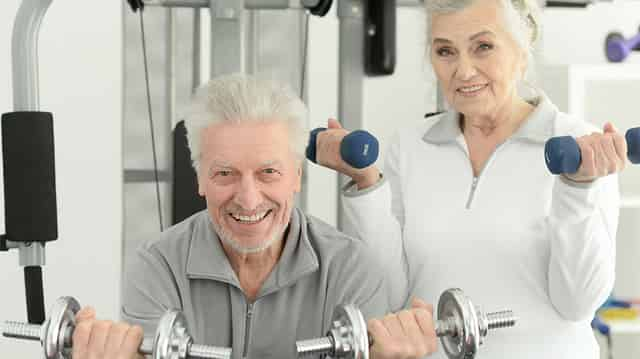
A working group under the United Nations’ World Health Organization (WHO) has developed this guideline for non-surgical management of low back pain in the elderly. Jan Hartvigsen, Professor at the University of Southern Denmark (SDU) and Senior Researcher at the Chiropractic Knowledge Hub, is one of several prominent members of the working group.
The purpose of the guideline is to provide evidence-based recommendations on non-surgical interventions for chronic primary low back pain in adults, including older people, to improve health and well-being related to chronic low back pain for those experiencing the pain. Therefore, the guideline does not deal with interventions typically performed in secondary or tertiary care (e.g., surgical or other invasive procedures) or workplace interventions.
The guideline is useful to doctors, nurses, chiropractors, occupational therapists, physiotherapists, pharmacists, psychologists, and community health staff as well as leaders of public health programmes and system managers.
Low back pain is a very common condition that affects most people during their lives regardless of age but occurs most frequently among older people, often leading to functional impairment among the elderly.
The WHO guideline contains recommendations for several non-surgical treatment modalities that chiropractors should offer to adults and older people as part of managing the pain. It also includes mention of treatment modalities that should be avoided in managing low back pain.
The guideline is useful to doctors, nurses, chiropractors, occupational therapists, physiotherapists, pharmacists, psychologists, and community health staff as well as leaders of public health programmes and system managers.
Overall recommendation from these guidelines:
- Clinical assessment and referral in time. Clinicians should conduct a thorough clinical assessment from a biopsychosocial perspective to find the right treatment and determine when and where further clinical review may be necessary.
- Personal information and advice. Clinicians should provide patients with exact knowledge about chronic low back pain and give patients personal advice to help them understand their pain from a biopsychosocial perspective and help them resume reasonable life activities.
- Tailor a range of treatment modalities. Adult patients with low back pain may need multiple treatment modalities rather than just a single modality. The modalities should be selected based on the factors that affect a patient’s experience of their low back pain and the patient’s context, values, and preferences.
The non-surgical modalities recommended by WHO in its guideline include modalities within education, physical treatment, psychological treatment, medicine, and treatment that combines multiple modalities. However, the guideline also points out which treatment forms within the modalities to avoid.
In addition to Jan Hartvigsen, Martin Underwood, Joletta Belton, Manuela Ferreira, Geoffrey Outerbridge, Rachelle Buchbinder, Christopher Maher, Bart Koes, Pierre Côté, and Scott Haldeman have contributed to the development of the guideline.

